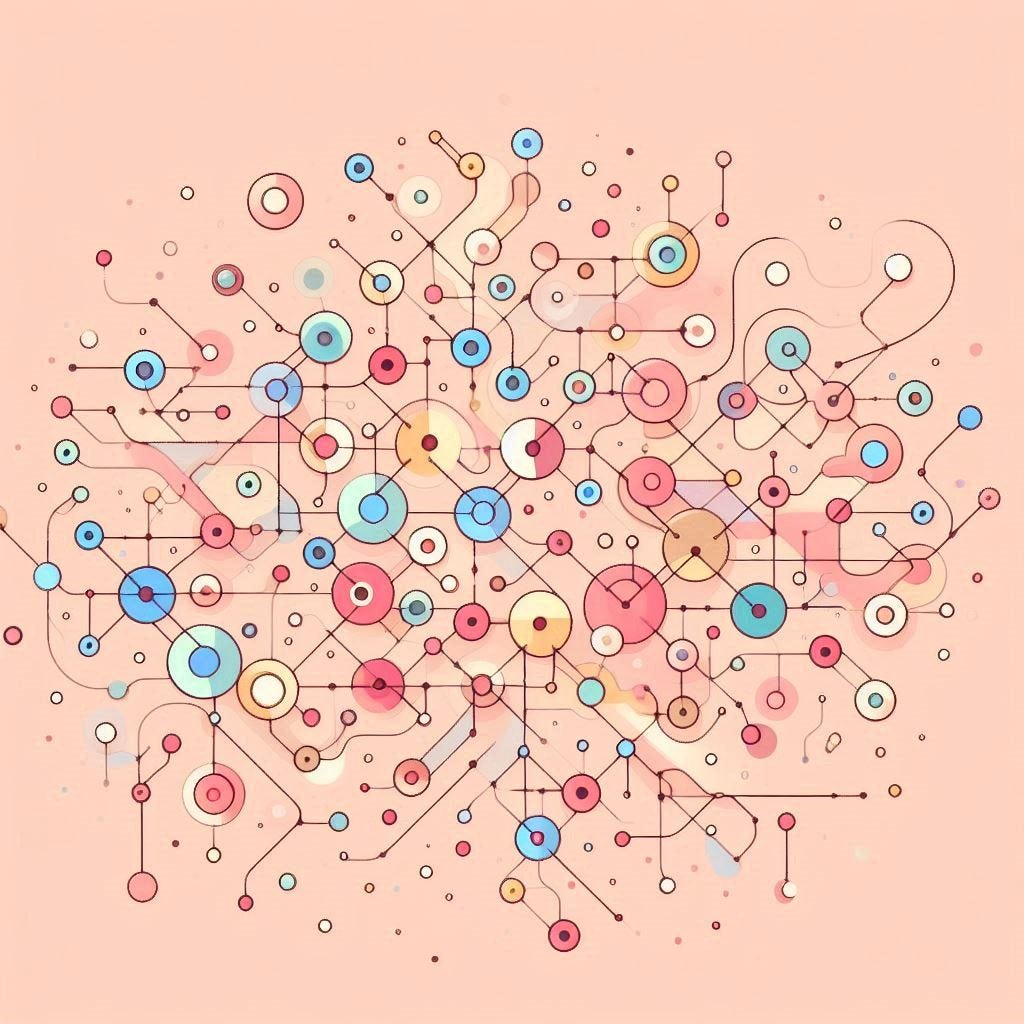Rethink Your Master Data: Modern Master Data Management

Senior Director of Global Solutions, Neo4j
1 min read

Data is both our most valuable asset and our biggest ongoing challenge. As data grows in volume, variety and complexity, across applications, clouds and siloed systems, traditional ways of working with data no longer work.
Increasingly, businesses are recognizing a need to harness all of their data, particularly their data around customers, products, partners and more – often called master data. Pressing business priorities such as compliance and digital transformation require a holistic view of
this master data.
Achieving that holistic view requires connecting data across a myriad of sources and silos. Connecting data using flexible graph technology offers a proven approach to solving these data challenges, capturing not only data but an unlimited number of connections and
relationships between data.
This week we begin our five-part blog series on rethinking your master data. In this first blog we will describe the difficulties caused by having siloed data and the power of graph technology to connect your most important data.
This blog series describes the power of connecting your most important data about customers, products, employees, business partners and more using graph technology. Along the way, real-world use cases from global enterprises to disruptive startups illustrate the power of
connected data.
A Big Data Problem
Organizations have lots of data, but it’s siloed and disconnected. Data is spread across:
- Different departments (CRM, Sales, Marketing, Product Development, Finance, HR)
- Different divisions (product lines)
- Different platforms (web team, data warehouses, NoSQL systems, data lakes)
- Different locations (cloud, on-premise, edge, IoT, mobile)
- Different formats (XLS, database schema, unstructured, object storage)
- Different systems (CRM, ServiceNow, Salesforce, Slack, Office 365)
Disconnected data creates problems.
Without a holistic view of your data, fragmentation, misunderstandings, inaccuracies and mistakes abound. Worse, disconnected data creates friction that makes compliance more difficult, customer 360 impossible and new business opportunities hard to see, let alone execute.
Modern Master Data Management
Master data is the authoritative record of everything vital to your organization’s operations including information on users, customers, products, accounts, partners, locations, business units and more. Typically, this data is stored in many different places, with lots of redundancy, variable formats, uneven quality and inconsistent access. Master data management – at its essence – involves connecting and organizing all of your most important data.
If data is the lifeblood of your enterprise, then MDM is hematology – the discipline of the entire system. Simply put, MDM is a set of methods, systems and technologies that ensure the quality, accuracy, completeness, timeliness and consistency of all reference data in the
organization. It encompasses virtually every element of the enterprise including databases, applications, business processes, organizational units and geographies. MDM provides the authoritative foundation for all information across the enterprise and a single source of
truth, with the aim of building a “golden record” that has the approved version of the latest and most important data about customers, suppliers, products and the like.
In the past, MDM systems required a centralized approach. Such systems were implemented as major corporate initiatives, complex and expensive long-term projects that required executive buy-in and alignment across numerous stakeholders. Further, such systems used a rigid schema that made changes and additions time-consuming. Modern MDM requires the capability to work across silos, absorb new technologies and sources of information, find hidden relationships, quickly generate insights and deliver
results in real-time at scale. It offers agility to answer any questions that arise, not just those anticipated in advance.
Why Graph Technology?
Graph database technology offers a proven way to connect master data. It enables you to start right where you are with a use case that solves pressing problems and creates immediate business value. It gives you the flexibility to connect data across existing MDM systems, or use the graph data store itself as your MDM system.
There is good reason that graphs lie at the core of the most disruptive companies of our modern era, including Google, Facebook, LinkedIn and Amazon. These companies continue
to demonstrate the competitive advantage of understanding networks and mastering connected data.
Conclusion
As we have shown, data is both our most valuable asset and our biggest ongoing challenge. Creating a holistic view of your data overcomes many difficulties, including fragmentation, misunderstandings and inaccuracies. These problems can be durably solved through the use of graph technology.
Next week, in blog two of this series, we will discuss the limits of relational databases and give an overview of the power of graph technology.
Fuel your success by connecting all of your data across silos. Click below to get your copy of Rethink Your Master Data Management.








